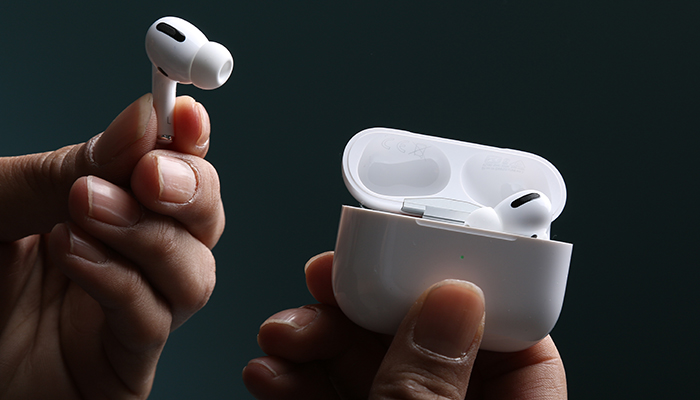
If you have trouble participating in conversation in a noisy room or tend to want the TV volume turned up, you might want to investigate a new category of device called an enhanced “hearable.”
Up until now, there have been few options short of a hearing aid for people with only mild hearing loss. The best have been “personal sound amplification devices” that fit in the ear like a hearing aid. While reasonably affordable and easily purchased online, they have the disadvantage of amplifying all sounds, even the ones you don’t want to hear.
Modern hearing aids can distinguish between a conversation close by and the noisy chatter in a crowded room. The technology is expensive—in the four figures—and requires testing and fitting by an audiologist. Plus, many people feel a stigma attached to hearing aids.
Enter the “hearable,” a sophisticated amplification system that wirelessly connects to a mobile device. The hearables were invented for talking on your smartphone and streaming your favorite podcast. In the development of its very trendy “AirPods,” Apple stumbled onto the realization that it was very easy to add an enhancement that adjusts for different listening situations. Other developers have since come out with wireless earbuds and improved hearing apps for both Android and iOS (Apple) devices. The result: No stigma. Less cost than a hearing aid. No need for an audiologist.
Features to consider
- Ability to emphasize certain sound frequencies (high pitch or low)
- Ability to block background noise. (This may be called “directionality,” setting the device to focus on sounds in the direction you are facing.)
- Ability to highlight speech over other sounds
- Time between recharges. All sound amplification devices require energy, usually in the form of a rechargeable battery. How long does a full battery last? Also, how quickly does the battery recharge?
The disadvantages. Hearables are not considered medical devices, so there is no FDA testing or oversight. They are not appropriate for moderate to severe hearing loss. They are designed for short-term use only, not for all-day wear (they need recharging after a few hours). They are visibly prominent. Someone seeing them in your ears during a conversation may assume that you are listening to music or are otherwise multitasking.
Do hearing problems make it harder to enjoy your life?
Let’s talk about options. Give us a call: 650-879-9030.

